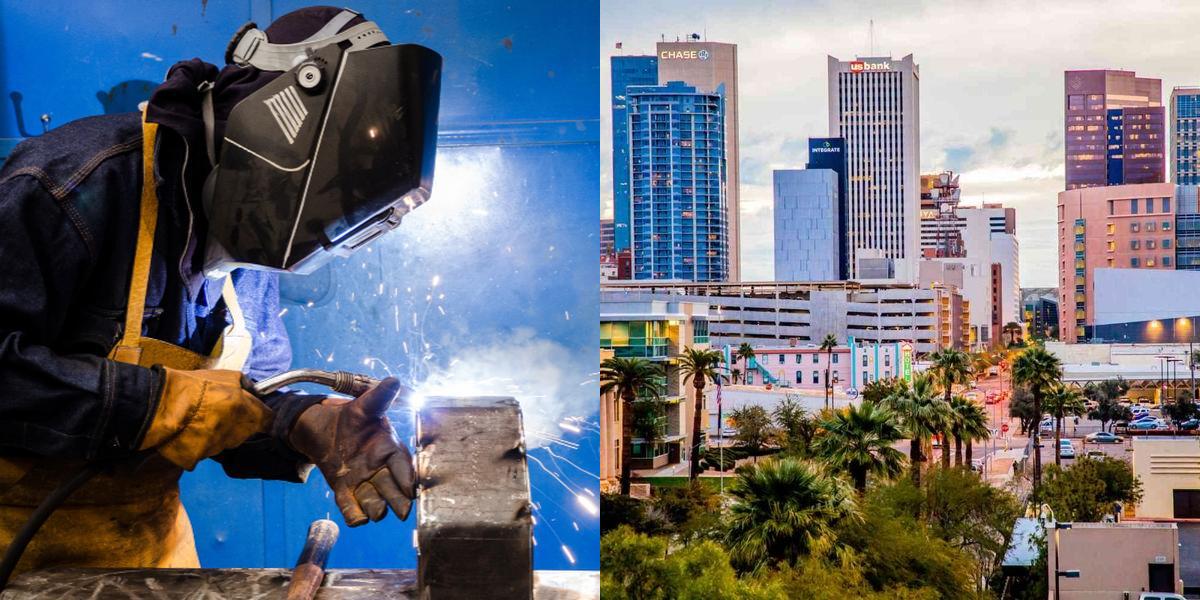How to Become a Welder in Arizona

Welding is a high-demand skilled trade that plays a key role in construction, manufacturing, aerospace, and more. Whether you're looking for hands-on work, stable income, or a career you can grow in, becoming a welder in Arizona offers all of that and more.
5. Apply for Welding Jobs in Arizona
Use job boards like Indeed, trade school networks, and MyNextMove to search for welder jobs.
How Long Does It Take to Become a Welder?
You can become job-ready in 4 to 12 months. Certification prep takes additional time (1–3 months). Most apprenticeships or employer training programs run 1 to 3 years depending on complexity and hours worked.
Career Paths After Becoming a Welder
- Pipe Welder: For oil, gas, or water infrastructure
- Structural Welder: Work on buildings and bridges
- Underwater Welder: High-risk, high-reward specialty
- Aerospace/Automotive Fabrication: Precision part welding
- Welding Instructor or CWI: Train others or inspect quality
- Self-Employed Welder: Run your own mobile welding service
As your skills grow, so does your income, especially in high-skill specialties.
Frequenlty Asked Questions
How much do welders make in Arizona?
Welders earn an average of $58,390/year or $28.07/hour, according to BLS May 2024.
How much does welding school cost in Arizona?
Programs range from $3,000 to $10,000 depending on school, program length, and certifications included.
Do you need a license to weld in Arizona?
No state license is required for general welding work in Arizona. However, certifications (especially AWS) are often required by employers.
Final Thoughts
Welding offers a fast-track path into high-paying, hands-on work. With flexible training options, high Arizona job demand, and upward mobility into specialties or business ownership, this career is worth considering if you're ready to work with skill and precision.
So, get started on your path to becoming a welder today and watch your career take off!
If this article isn't quite hitting the mark for you, why not give these other articles a try:

Pia Yapjoco is part of the school growth and sales team at Dreambound. She helps facilitate school partnerships that expand educational opportunities for aspiring students in allied health and other trades. Beyond work, she curates her pup's Instagram, hunts for hidden coffee gems, and escapes into cozy gaming.




